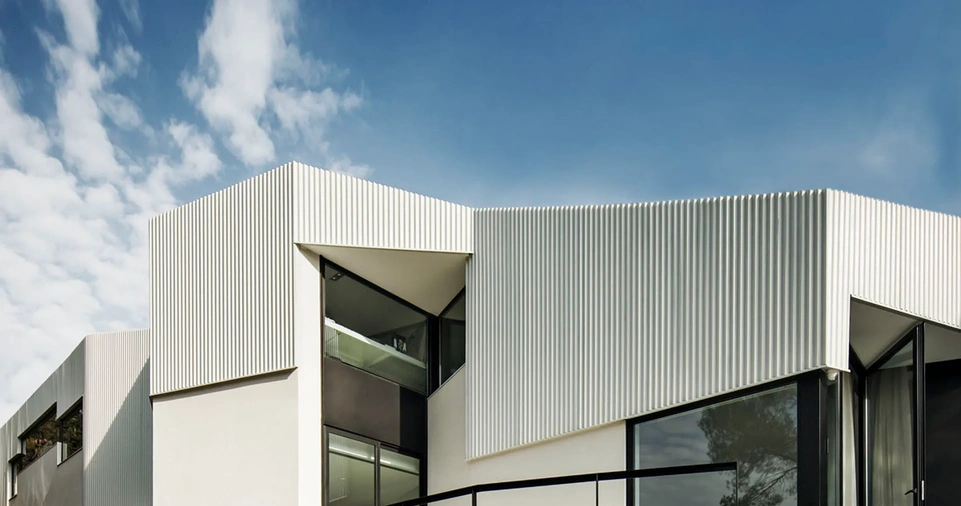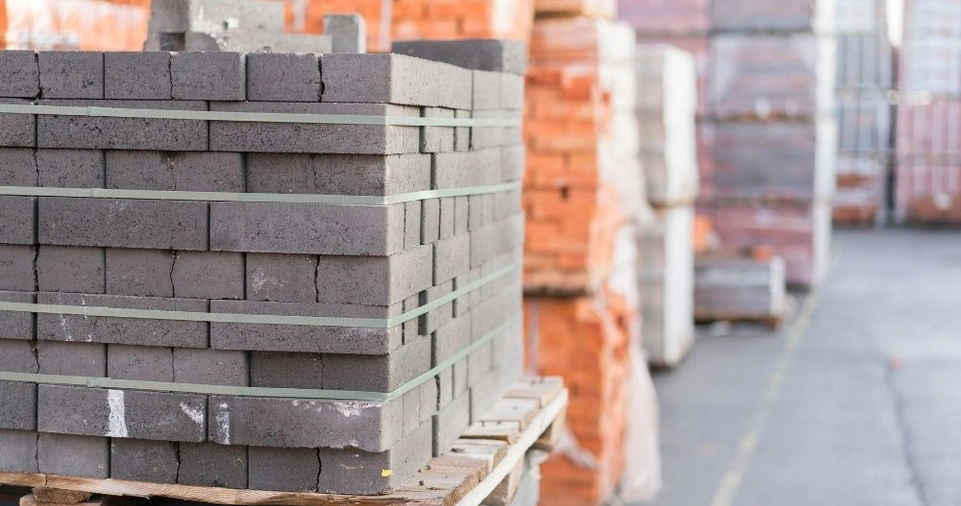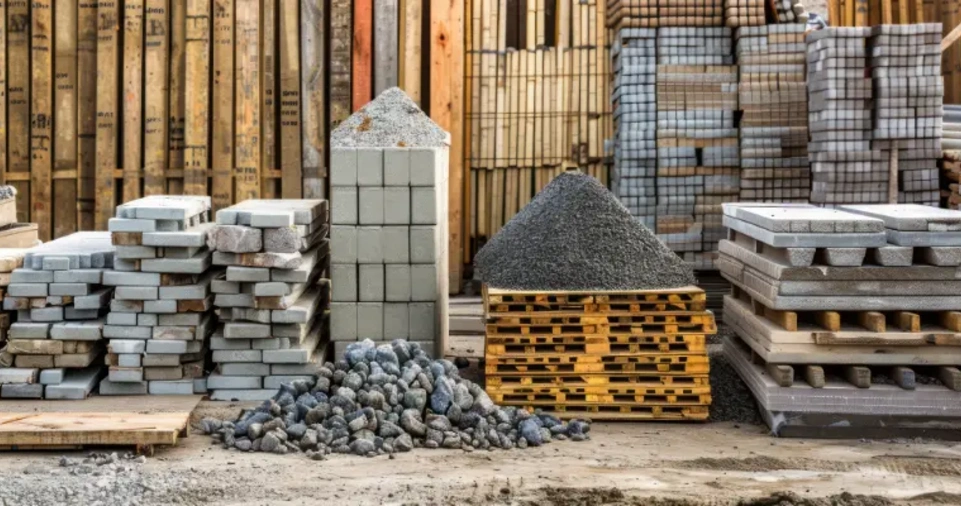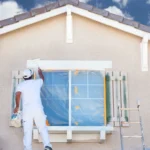The facade of your home is the first impression people get, making it one of the most important design elements of any property.
Choosing the right materials for your home’s facade involves a balance of aesthetics, durability, maintenance, climate suitability, and budget.
With a variety of materials available, it can be challenging to determine which one suits your needs best.
The right facade material not only enhances your home’s curb appeal but also contributes to its energy efficiency, sustainability, and overall value.
The selection process involves considering climate conditions, architectural style, and long-term performance.
In this comprehensive guide, we will explore different facade materials, their pros and cons, factors to consider when choosing, installation requirements, maintenance strategies, and a comparative analysis to help you make an informed decision.
Factors to Consider When Choosing Facade Materials

Climate and Weather Resistance
- The material should withstand local weather conditions such as rain, snow, extreme heat, humidity, and wind.
- Consider UV resistance to prevent color fading and structural degradation.
- Evaluate moisture absorption rates to avoid mold growth and structural weakening.
- Materials with higher thermal insulation can reduce energy consumption.
Durability and Maintenance
- Choose materials that offer long-term resistance to environmental stressors.
- Consider how often repainting, sealing, or cleaning is needed.
- Some materials, like vinyl siding, require minimal upkeep, while wood demands regular maintenance.
Aesthetics and Architectural Style
- Select materials that complement the overall architectural style of your home.
- Consider how colors, textures, and finishes align with both traditional and modern designs.
- Blending multiple materials can create an attractive and unique visual appeal.
Energy Efficiency
- Opt for materials that enhance insulation and energy conservation.
- Consider materials with high thermal mass, such as brick and concrete, to regulate indoor temperatures.
- Sustainable and eco-friendly materials like fiber cement and composite panels can reduce carbon footprints.
Cost and Budget
- Balance between initial installation costs and long-term maintenance expenses.
- Explore cost-effective alternatives without compromising quality.
- Factor in additional costs such as labor, insulation, and reinforcements required for installation.
Sustainability and Environmental Impact
- Choose eco-friendly and sustainable materials such as recycled or renewable options.
- Consider materials with a lower carbon footprint and sustainable production processes.
- Look for certifications like LEED compliance for environmentally conscious construction.
Installation Complexity
- Some materials, like metal cladding and stone veneer, require specialized labor.
- Lightweight materials, such as vinyl and composite panels, are easier to install and reduce labor costs.
- Evaluate the compatibility of materials with existing structural designs.
ALSO READ: How to Keep Pests Away from Your Garden Naturally?
Types of Facade Materials

Brick
- Pros: Durable, fire-resistant, energy-efficient, and low maintenance.
- Cons: Expensive initial cost, labor-intensive installation.
- Best for: Traditional, rustic, and contemporary homes.
Stone Veneer and Natural Stone
- Pros: Aesthetically pleasing, highly durable, and weather-resistant.
- Cons: Expensive, heavy, and requires professional installation.
- Best for: High-end and classic architectural designs.
Wood Siding
- Pros: Warm and natural look, versatile, biodegradable.
- Cons: Requires frequent maintenance, prone to rot and insect damage.
- Best for: Cottage, farmhouse, and modern homes.
Fiber Cement Panels
- Pros: Fire-resistant, low maintenance, weather-resistant, available in various styles.
- Cons: Heavy, requires skilled installation.
- Best for: Contemporary, minimalist, and urban homes.
Stucco
- Pros: Affordable, energy-efficient, customizable textures.
- Cons: Prone to cracking, requires proper application.
- Best for: Mediterranean, southwestern, and modern homes.
Metal Cladding (Aluminum, Steel, Copper, Zinc)
- Pros: Durable, modern aesthetic, fire-resistant, lightweight.
- Cons: Can be expensive, may corrode in harsh environments.
- Best for: Industrial, modern, and minimalist designs.
Glass Facades
- Pros: Sleek, modern, allows natural light, excellent insulation.
- Cons: Expensive, requires frequent cleaning, less privacy.
- Best for: High-end and commercial buildings.
Concrete Panels
- Pros: Strong, fire-resistant, versatile, energy-efficient.
- Cons: Heavy, costly installation.
- Best for: Contemporary and brutalist architecture.
Vinyl Siding
- Pros: Affordable, low maintenance, weather-resistant.
- Cons: Less durable, may fade over time.
- Best for: Budget-conscious homeowners.
Composite Panels
- Pros: Lightweight, durable, energy-efficient.
- Cons: Can be costly.
- Best for: Modern and futuristic designs.
ALSO READ: How to Use a 3D Printer for DIY Projects?
Comparison Table of Facade Materials

| Material | Durability | Maintenance | Cost | Climate Suitability | Energy Efficiency |
|---|---|---|---|---|---|
| Brick | High | Low | High | All climates | High |
| Stone Veneer | High | Low | High | All climates | Medium |
| Wood Siding | Medium | High | Medium | Dry climates | Medium |
| Fiber Cement | High | Low | Medium | All climates | High |
| Stucco | Medium | Medium | Low | Warm climates | Medium |
| Metal Cladding | High | Low | High | Cold climates | High |
| Glass Facades | Medium | High | High | Moderate climates | High |
| Concrete Panels | High | Low | High | All climates | High |
| Vinyl Siding | Low | Low | Low | Moderate climates | Low |
| Composite Panels | High | Low | High | All climates | High |
Conclusion
Choosing the right material for your home’s facade requires careful consideration of multiple factors, including aesthetics, durability, maintenance, and climate suitability.
Each material offers unique benefits and drawbacks, so assessing your personal needs and budget will help you make the best choice.






